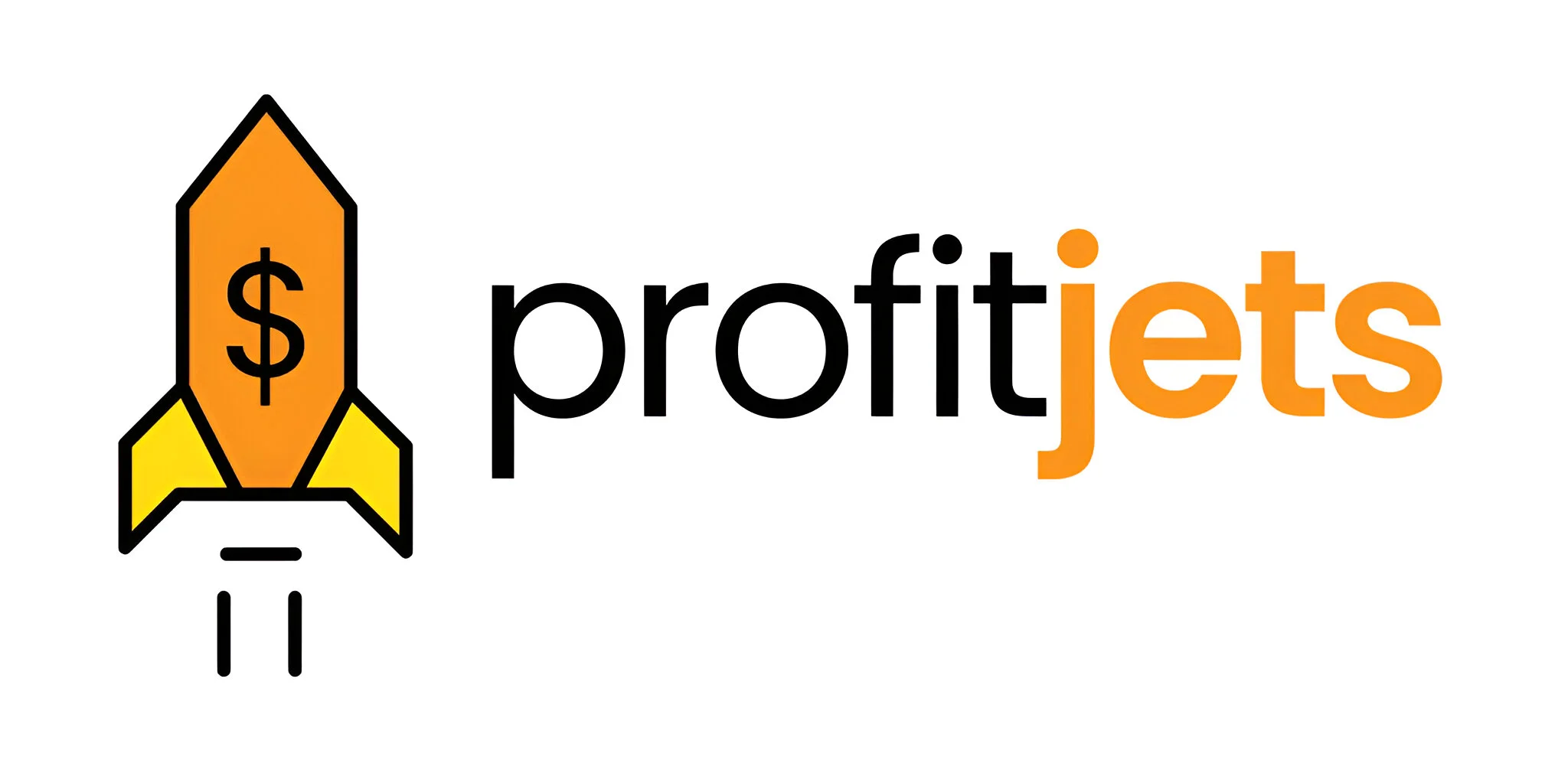Managing federal tax liabilities is a core responsibility in the intricate business finance world. Understanding what constitutes a federal tax liability and how to navigate it effectively is essential for any business owner or accounting professional. This blog delves into the concept of federal tax liabilities, exploring its definition, exemptions, calculation methods, and strategies for minimization.
Table of Contents
What are Federal Income Tax Liabilities?
Federal income tax liability refers to a business’s financial obligation to the Internal Revenue Service (IRS) based on taxable income. Taxable income is the business’s gross income minus allowable deductions and business expenses. Essentially, the portion of your business income is subject to federal income tax.
The IRS establishes a tiered tax system with various tax brackets for businesses. The applicable tax rate depends on the business’s taxable income and specific tax classification (e.g., C Corporation, S Corporation, LLC). By multiplying the taxable income by the corresponding tax rate, you arrive at the federal income tax liability for the tax year.
Here’s a simplified formula for calculating federal income tax liability:
Federal Income Tax Liability = Taxable Income x Tax Rate
It’s important to note that federal income tax isn’t a business’s only potential tax liability. Other federal taxes such as:
- Federal Unemployment Tax Act (FUTA): A payroll tax contributing to unemployment benefits.
- Employee Withholding Taxes: Federal income tax and Social Security/Medicare taxes withheld from employee paychecks. (The business is responsible for remitting these withheld taxes to the IRS.)
However, this blog focuses primarily on understanding federal income tax liabilities.
What are Exempted from Federal Income Tax Liabilities?
While most businesses are subject to federal income tax, certain entities qualify for exemptions:
- Non-Profit Organizations: Qualified non-profit organizations established for charitable, religious, educational, or other social benefit purposes are generally exempt from federal income tax on their earnings. However, they may still be subject to different taxes, like payroll taxes.
- Municipal Bonds: Earnings gained from specific municipal bonds issued by state and local governments might not be subject to federal income tax.
It’s crucial to consult with a tax professional to determine if your business qualifies for any exemptions.
Federal Tax Liabilities – Example
Consider a hypothetical situation to explain the idea of federal income tax responsibility:
- Business: ABC Company, a C Corporation
- Gross Income: $200,000
- Allowable Deductions & Business Expenses: $80,000
- Taxable Income: $200,000 (Gross Income) – $80,000 (Deductions) = $120,000
- Tax Rate (Hypothetical): 25% (assuming ABC Company falls within the 25% federal income tax bracket for C Corporations)

Calculation of Federal Income Tax Liability:
- Federal Income Tax Liability = $120,000 (Taxable Income) x 25% (Tax Rate) = $30,000
Therefore, based on this example, ABC Company’s federal income tax liability for the year would be $30,000. It’s important to remember that this is a simplified example, and actual tax calculations can involve more complex factors and deductions.
Federal Tax Liabilities Calculator
The IRS provides various resources and online tools to assist businesses in estimating their federal tax liabilities. You can find these tools and resources on the IRS website. Many accounting software programs also include features to help calculate federal income tax liabilities based on your specific business data.
How to Reduce Federal Tax Liability?
While paying federal income tax is a legal obligation, several strategies can help businesses minimize their tax liability within the confines of the law. Here are a few critical approaches:
- Maximize Deductions and Credits: The IRS allows businesses to deduct various expenses related to running the business. Exploring all available deductions and claiming qualifying tax credits can significantly reduce taxable income, leading to a lower tax liability.
- Choose the Right Business Structure: The tax classification of your business (e.g., C Corporation, S Corporation, LLC) can impact your tax liability. Remember, consulting with a tax professional can assist in identifying the most tax-efficient structure for your business model.
- Defer Income and Accelerate Deductions: Understanding the timing of income and expenses allows for strategic tax planning. Strategies like deferring income recognition to a future year or accelerating certain deductions can lower your tax liability in the current year.
- Invest in Retirement Plans: Contributions to qualified retirement plans like SEP IRAs or employer-sponsored retirement plans (e.g., 401(k) plans) can reduce taxable income for the current year. Additionally, the earnings within these plans typically grow tax-deferred until withdrawal.
- Depreciate Assets: The IRS allows businesses to deduct the cost of certain assets (buildings, equipment) over their useful life through depreciation. Taking advantage of depreciation deductions can lower taxable income in the current year.
- Track Business Expenses Meticulously: Maintaining accurate and detailed records of all business expenses is crucial. This allows you to substantiate deductions claimed on your tax return and minimizes the risk of errors or audits.
- Stay Up-to-Date on Tax Law Changes: Federal tax laws can change periodically. Consult with a tax service professional regularly to ensure you are capitalizing on the most recent deductions and credits and refining your tax strategy accordingly.
What is the Deposit Frequency for Federal Unemployment Tax Liabilities?
Federal Unemployment Tax Act (FUTA) separates payroll from federal income tax. Businesses are generally required to deposit FUTA taxes electronically throughout the year if their total FUTA tax liability for the preceding year was $500 or more. The specific deposit frequency depends on the total amount of FUTA tax owed.
The IRS website provides detailed information on FUTA tax deposits, including deposit schedules and electronic payment options.

Conclusion
Understanding federal tax liabilities is essential for responsible business management. Business owners and accounting professionals can confidently navigate tax filing by grasping taxable income, tax rates, and potential exemptions. Employing strategies like maximizing deductions, choosing the proper tax structure, and staying informed about tax law changes can significantly reduce your federal income tax liability and contribute to your business’s financial health.
Remember, this blog provides a general overview, and consulting with a qualified tax service provider like Profitjets is crucial for personalized tax advice tailored to your business situation.










